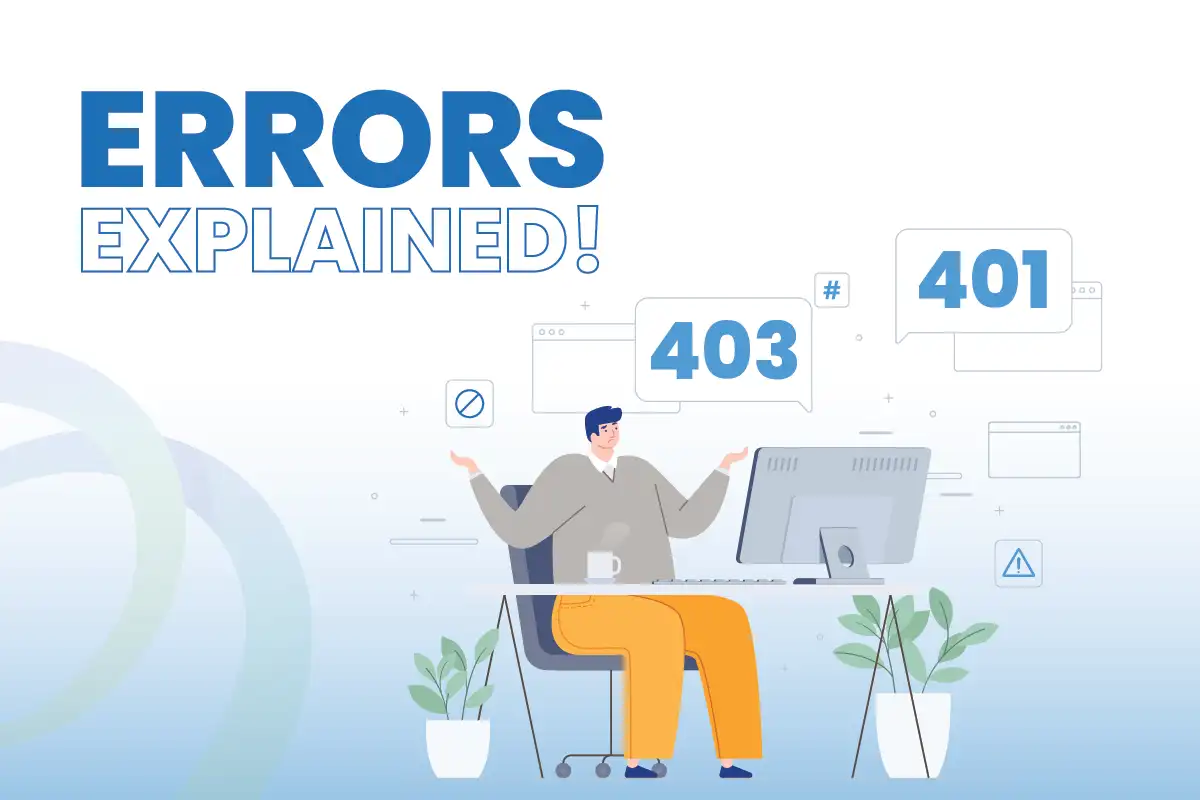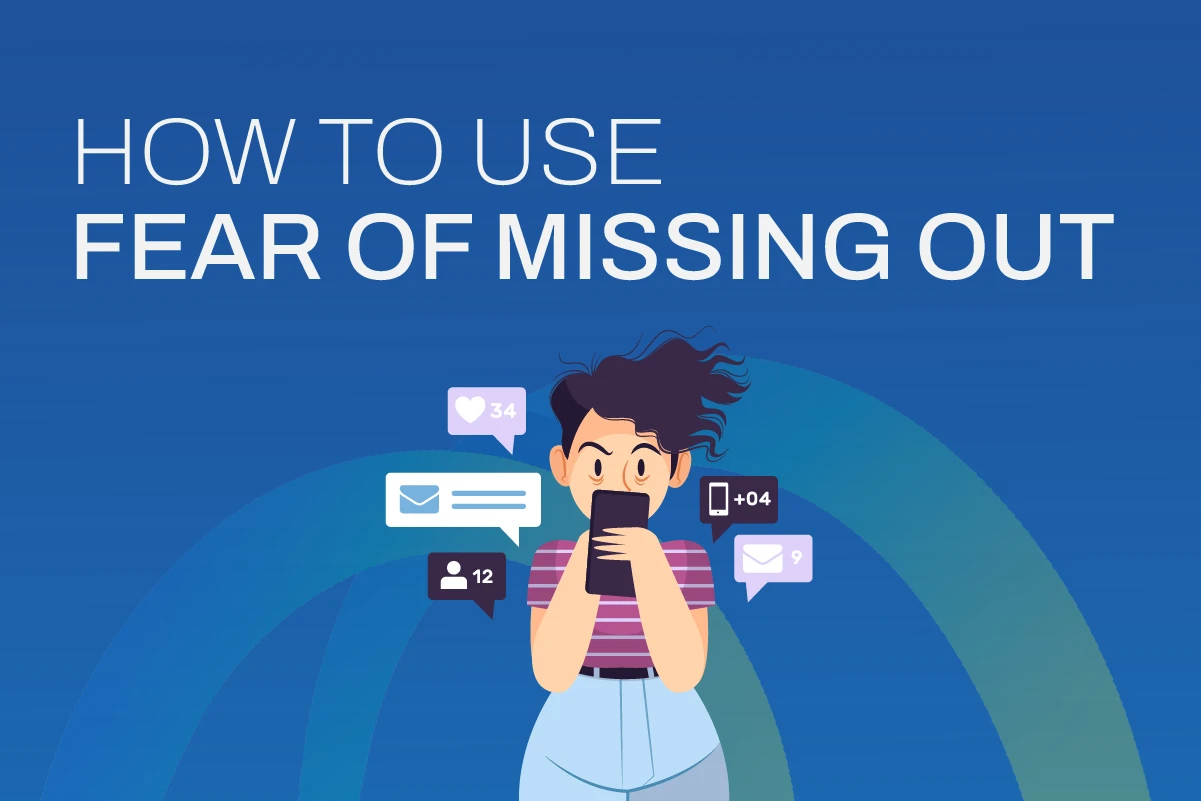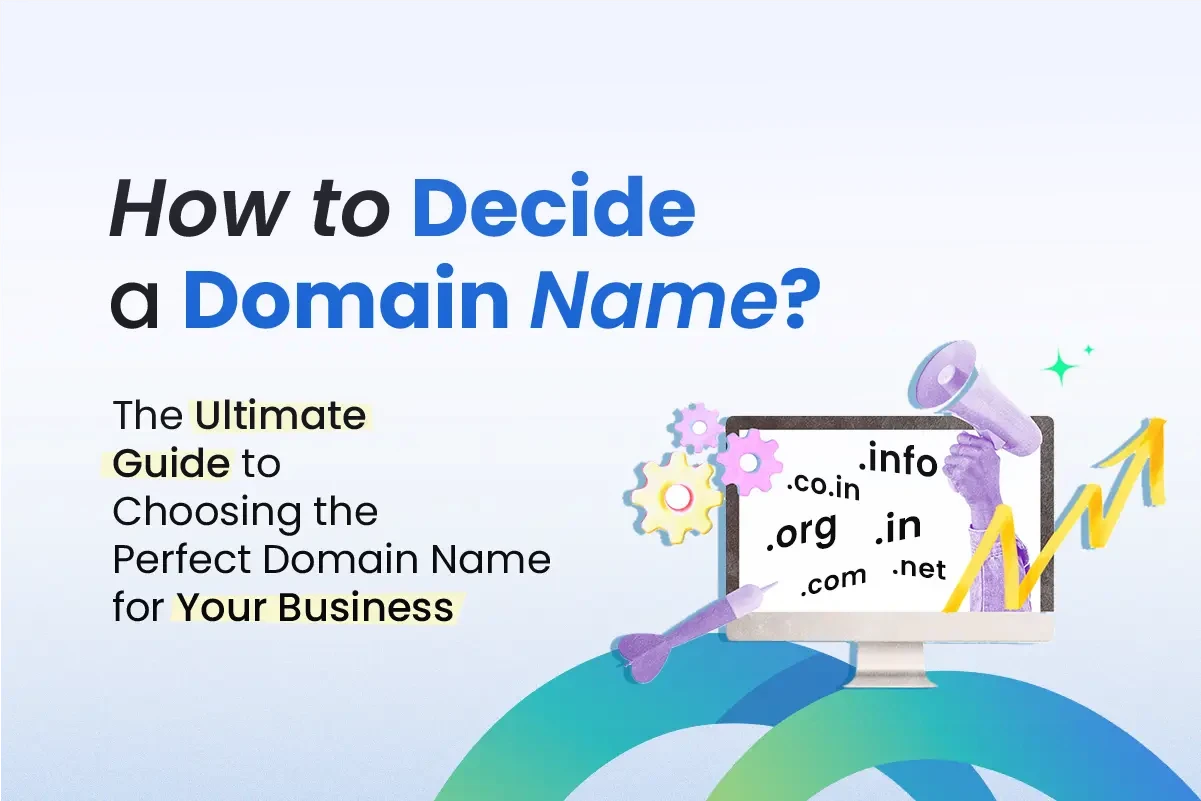Ever been locked out of a room because you didn’t have the right key? That’s essentially what happens with 401 Unauthorized and 403 Forbidden errors—but on your website. While both errors involve access issues, they stem from entirely different problems: one is about proving who you are (authentication), and the other is about what you’re allowed to do (authorization). Misunderstanding these errors can lead to headaches for both users and developers. In this guide, we’ll clarify the 401 and 403 errors, look at their causes, and offer step-by-step solutions to keep your site running smoothly. Let’s crack the code!
Why HTTP Status Codes Matter
HTTP status codes are three-digit numbers returned by servers to communicate the outcome of a client’s request. They play a critical role in user experience (UX) and SEO. Errors like 401 and 403 signal issues that need immediate attention, as they can block access to content, harm your site’s credibility, and impact search engine rankings if not dealt with swiftly.
Understanding these codes helps developers, site administrators,and SEO specialists diagnose problems efficiently. Let’s dive into the specifics of 401 and 403 errors.
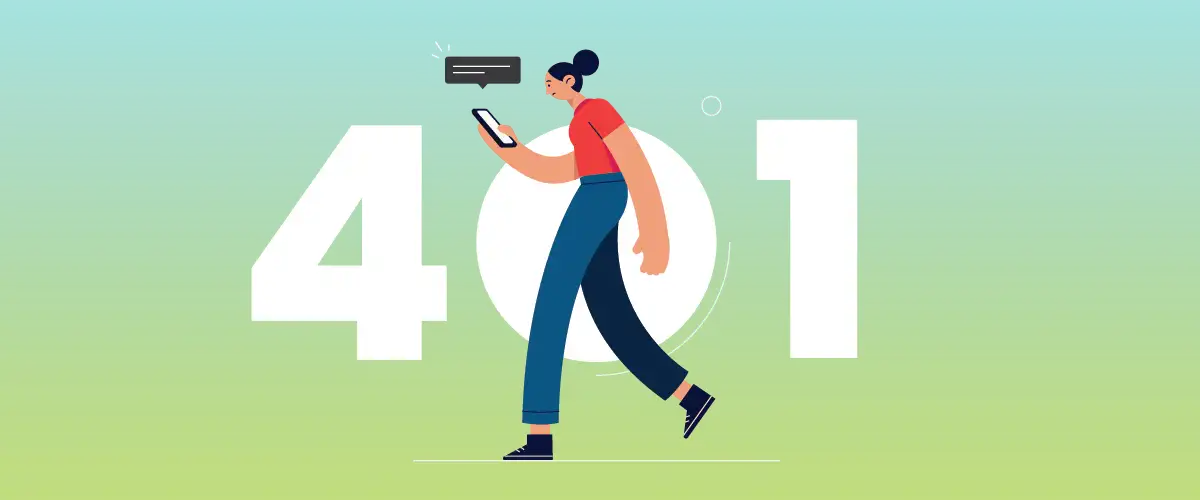
What is a 401 Unauthorized Error?
A 401 Unauthorized error occurs when a user tries to access a resource that requires authentication, but the request lacks valid credentials. Despite its name, this error relates to authentication (verifying identity) rather than authorization (granting permissions).
Common Causes of 401 Errors
- Missing Credentials: The user didn’t provide a username/password or API key.
- Invalid Credentials: The provided credentials are incorrect or expired.
- Authentication Header Issues: The server expects tokens (e.g., Bearer tokens) in a specific format, which the request fails to include.
- Session Expiry: A logged-in user’s session timed out due to inactivity.
Example Scenario
Imagine visiting an admin dashboard without logging in. The server responds with a 401 error, prompting you to sign in.
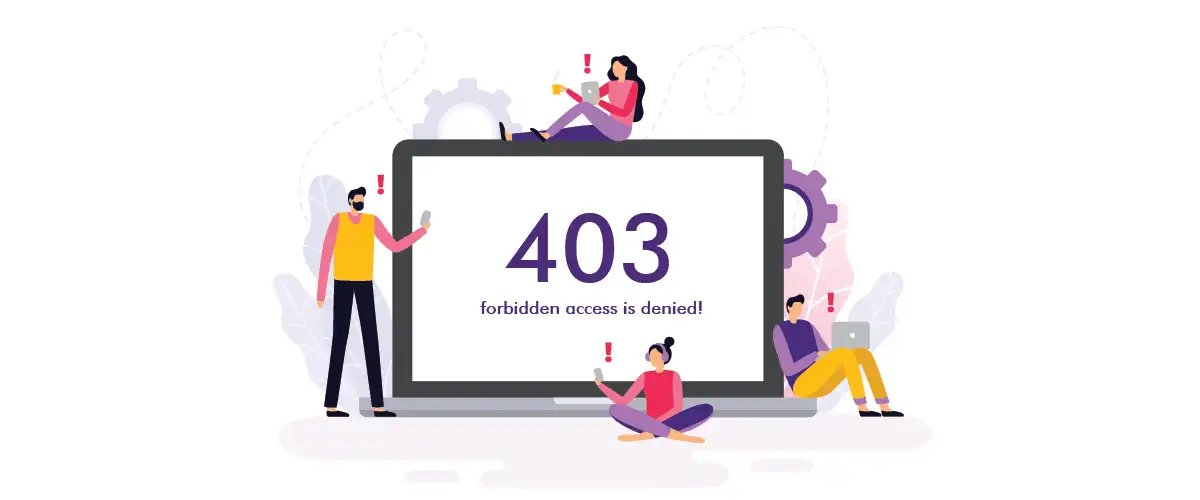
What is a 403 Forbidden Error?
A 403 Forbidden error indicates that the server understood the request but refuses to fulfill it, even if the user is authenticated. This error revolves around authorization—the client lacks permission to access the resource.
Common Causes of 403 Errors
- Insufficient Permissions: The user is logged in but doesn’t have the required role (e.g., a regular user trying to access an admin-only page).
- File/Directory Permissions: The server’s file system restricts access to certain files (e.g., incorrect chmod settings on Linux).
- IP Blocking: The server denies access based on the client’s IP address.
- Firewall Restrictions: Security tools like Cloudflare or ModSecurity block suspicious requests.
Example Scenario
A logged-in user attempts to view another user’s private profile page. The server returns a 403 error because the requester lacks permission.
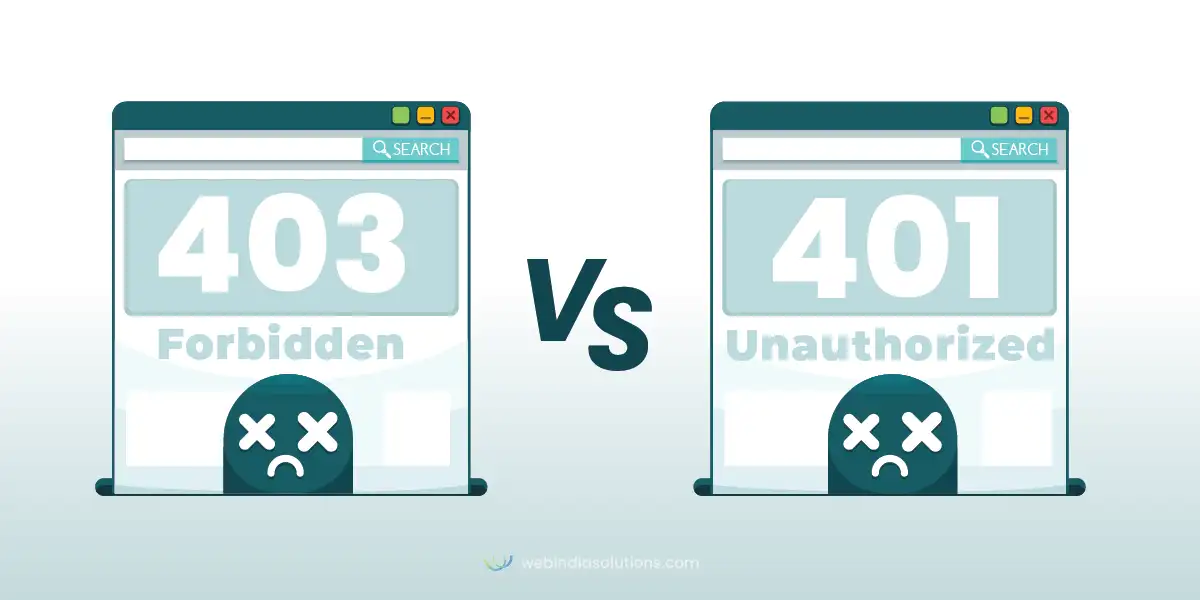
401 vs. 403: Key Differences at a Glance
| Aspect | 401 Unauthorized | 403 Forbidden |
| Core Issue | Authentication failure | Authorization failure |
| User State | Not authenticated or invalid credentials | Authenticated but insufficient rights |
| Resolution | Provide valid credentials | Adjust permissions or roles |
| Common Causes | Expired sessions, missing API keys | Restricted files, IP bans, role issues |
| SEO Impact | Crawlers may retry with credentials | Crawlers can’t access content |
Why the Confusion Between 401 and 403?
The terms “Unauthorized” (401) and “Forbidden” (403) are historically misleading. Here’s the clarification:
- 401 Unauthorized: The user isn’t “authorized” because they aren’t authenticated.
- 403 Forbidden: The user is authenticated but still not allowed.
The HTTP standard retains these names for consistency, but understanding their technical meanings is crucial.

Troubleshooting 401 Errors
- Check Credentials: Verify that usernames, passwords, or API keys are correct.
- Review Authentication Headers: Make sure tokens (e.g., JWT) are properly formatted and included.
- Test Session Validity: Confirm sessions haven’t expired; adjust timeout settings if needed.
- Inspect Server Logs: Look for authentication-related errors in logs (e.g., Apache’s error_log).
Tools to Diagnose 401s:
- Postman: Simulate authenticated requests to test API endpoints.
- Browser DevTools: Check the Network tab for failed requests.
Troubleshooting 403 Errors
- Verify User Permissions: Ensure roles (e.g., admin, editor) grant access to the resource.
- Check File Permissions: On servers, use commands like chmod (Linux) or adjust ACLs (Windows).
- Whitelist IPs: If using a firewall, confirm the client’s IP isn’t blocked.
- Disable Security Plugins Temporarily: Rule out conflicts with tools like Wordfence or ModSecurity.
Tools to Diagnose 403s:
- cURL: Test URLs with headers to mimic authenticated requests.
- Security Scanners: Tools like Sucuri can detect misconfigured permissions.
Best Practices for Handling 401 and 403 Errors
- Custom Error Pages: Design user-friendly pages explaining the error and next steps.
- For 401: “Please log in to access this page.”
- For 403: “You don’t have permission to view this resource.”
- Logging and Monitoring: Track 401/403 occurrences to identify attack patterns or misconfigurations.
- APIs: Use Correct Status Codes: Avoid generic 400 errors; be specific to help developers debug.
- Security Considerations:
- Avoid revealing sensitive details in error messages (e.g., “User ‘admin’ is forbidden”).
- Use HTTPS to encrypt credentials during authentication.
Impact on SEO
- Crawling Issues: Search engines like Google may struggle to index pages behind 401/403 errors.
- User Experience: Frequent errors increase bounce rates, indirectly affecting rankings.
- Redirects: Avoid redirecting 403s to 404s, as this misleads crawlers and users.
Pro Tip: Use robots.txt to block crawlers from sensitive areas instead of relying on 401/403 responses.
Conclusion
Understanding the differences between 401 Unauthorized and 403 Forbidden errors is necessary for maintaining a secure, user-friendly website. While 401 revolves around authentication (proving identity), 403 deals with authorization (granting access). By following the troubleshooting steps and best practices outlined above, you can resolve these errors efficiently, improve your site’s UX, and safeguard your SEO efforts.
Next time you encounter a 401 or 403, you’ll know exactly where to look!

